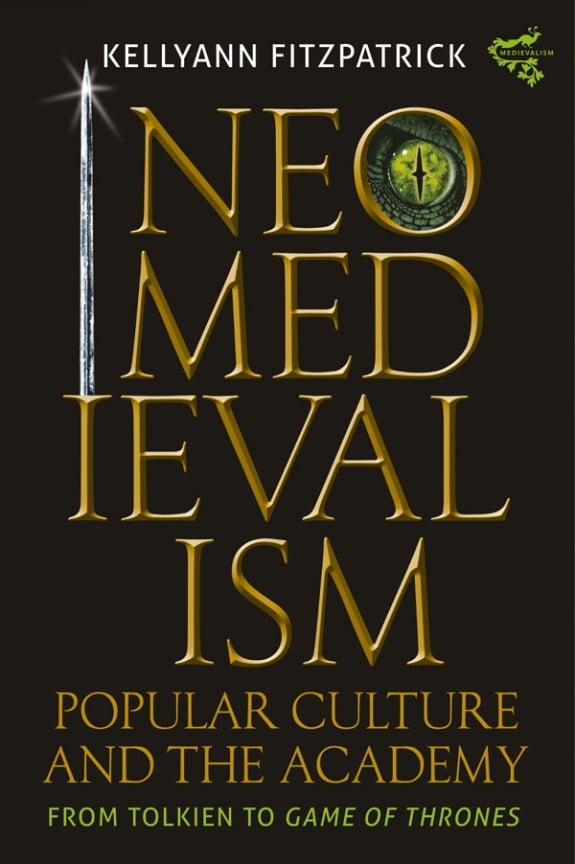Last week I gave the keynote for an episode of the Software Delivery Leadership Forum, a discussion series that sponsor CloudBees describes as follows:
The Software Delivery Leadership Forum (SDLF) is a series of online, open and interactive events focused on topics related to DevOps and Continuous Delivery. Each episode starts with a keynote presentation by an industry expert, followed by a live interactive Q&A to encourage shared growth and continuous learning.
CloudBees launched the series a few months ago, partly to try out a new communicative and collaborative format as a response to COVID-19 curtailing travel and in-person meetings. I was therefore delighted when series host and organizer Sam Fell asked me to keynote a session on “Communication, Collaboration, and Rapid Response through Software.” The session abstract:
Communication and collaboration are critical to success in any software organization. Today, in the face of extreme disruption, they are even more critical. Join us to learn how organizations are using DevOps principles and practices to respond rapidly to changing needs and unprecedented demand.
In short, this was an opportunity to get meta: to collaborate about collaboration, to communicate my ideas about communication, and to kick off a discussion about what DevOps in particular and software in general has to do with it, all delivered via software.
The Collaboration
I wanted the keynote itself to be collaborative, and I also wanted a film that I could use to exemplify different aspects of communication (media, modes, synchronicity). I also wanted something that invoked medievalism because 1) I am a medievalist who works at a firm called RedMonk 2) I wanted communicative examples that were not associated with either work or the tech industry (for clarity and also for a mental rest) 3) I needed to set the stage for a brief history of communication technologies. And so I turned to Twitter for advice on selecting the film and a specific meme, and thus Monty Python and the Holy Grail found its way into my talk.
Finalizing slides for my Aug 20 #SDLF talk for @cloudbees
and I could use some help:What is your favorite Monty Python meme?
— Dr KellyAnn Fitzpatrick (@drkellyannfitz) August 7, 2020
The talk itself shifts from communicative concepts to collaboration, to the disruption that COVID-19 has caused to both, and then to the role that software and DevOps play in all of this. And then Sam brings in my excellent co-panelists:
- Mitch Ashley, CEO and Managing Analyst at Accelerated Strategies Group
- Tracy Miranda, Director of Open Source Community at CloudBees
- Mark Settle, 7-time CIO and author of Truth from the Valley: A Practical Primer on Future IT Management Trends (2020) and Truth from the Trenches: A Practical Guide to the Art of It Management (2016).
We also took questions from our global audience, and I am relieved that I am not the only person who is still trying to figure out where to look on video conference calls, or who strongly dislikes having to get camera-ready for a conference call at 10 pm. The conversation was definitely my favorite part, especially when we turned off the slides
Additional resources
A list of resources I cited or mentioned in my talk:
- Georgia Tech’s Writing & Communication Program on WOVEN
- The film I used for many of my examples: Monty Python and the Holy Grail (1975).
- The series that inspired the “I came here for an argument!” meme: Monty Python’s Flying Circus (1969-1974).
- The book I recommended for anyone interested in memes, emojis, and other internet-inspired forms of communication: Gretchen McCulloch, Because Internet: Understand the New Rules of Language (2019).
- The story that used the Netflix/Zoom/ESPN traffic graph as its Twitter card: Ella Koeze and Nathaniel Popper. “The Virus Changed the Way We Internet.” The New York Times, April 7, 2020.
- Data source for my updated Netflix/Zoom/ESPN traffic graph (and one of the sources used for the New York Times article): SimilarWeb.

- Source for the study on brainwaves and video conferencing: Jared Spataro. “The future of work—the good, the challenging & the unknown.” Microsoft. July 8, 2020.
- Post I mentioned on Zoom fatigue and body language: Hanna Thomas Uose, “The Trauma of Zoom: Body Language Across Borders and Time Zones.” Noteworthy: The Journal Blog. July 13, 2020.
- The excellent book I quoted at the end: Emily Freeman, DevOps for Dummies (2019).
I strongly recommend giving the recording a watch and checking out some of the other SDLF episodes. The series has settled into a monthly cadence, but is on hiatus until October. If you are looking for software delivery content in September, check out the 2020 DevOps World conference, where you can catch my colleague James‘s keynote on “Software Delivery, Social, the Rona and the Future of Work”).
Disclosure: CloudBees is a RedMonk client. My appearance in the aforementioned SDLF episode was part of a paid engagement with CloudBees (but this post was not).

No Comments